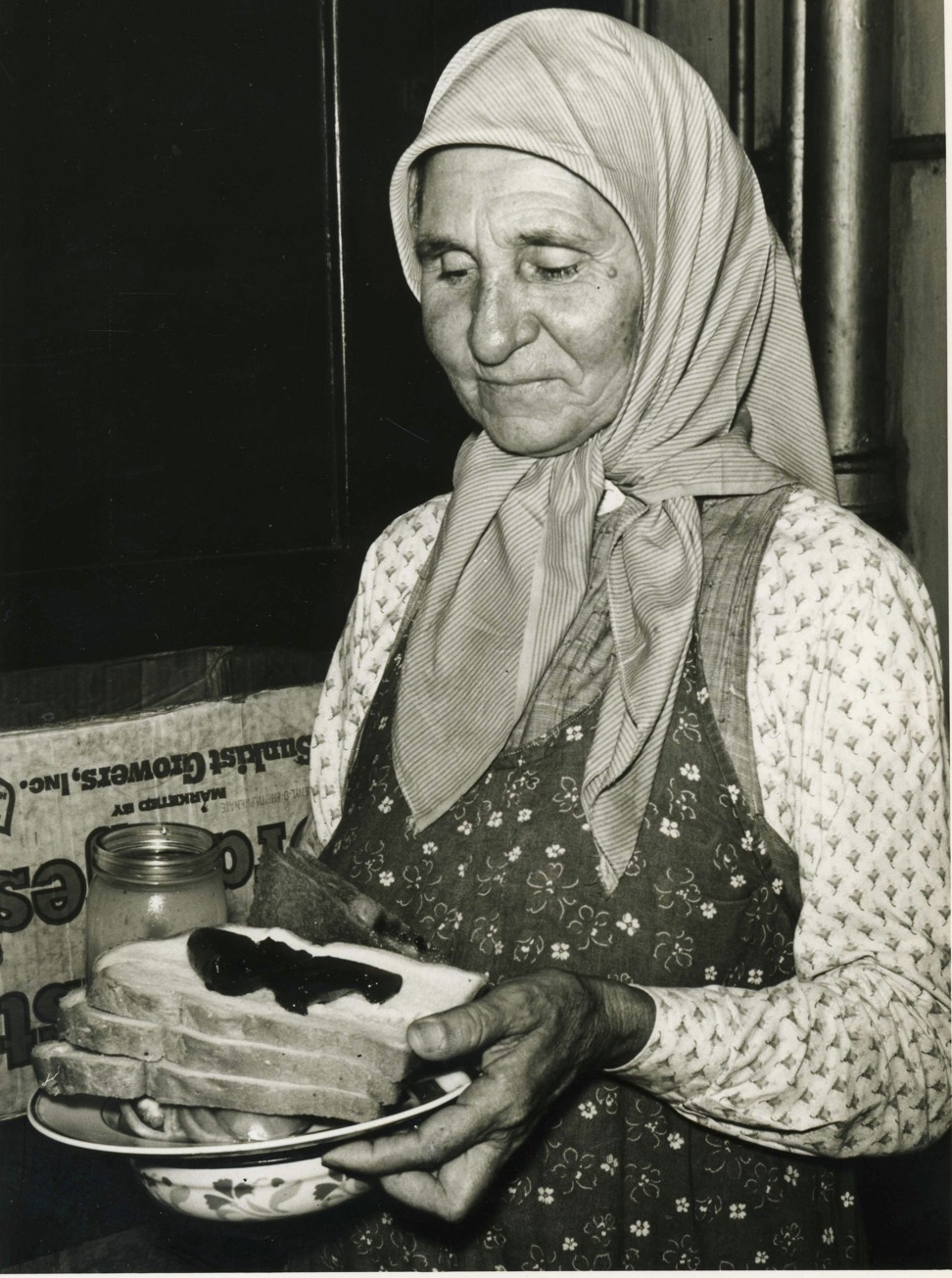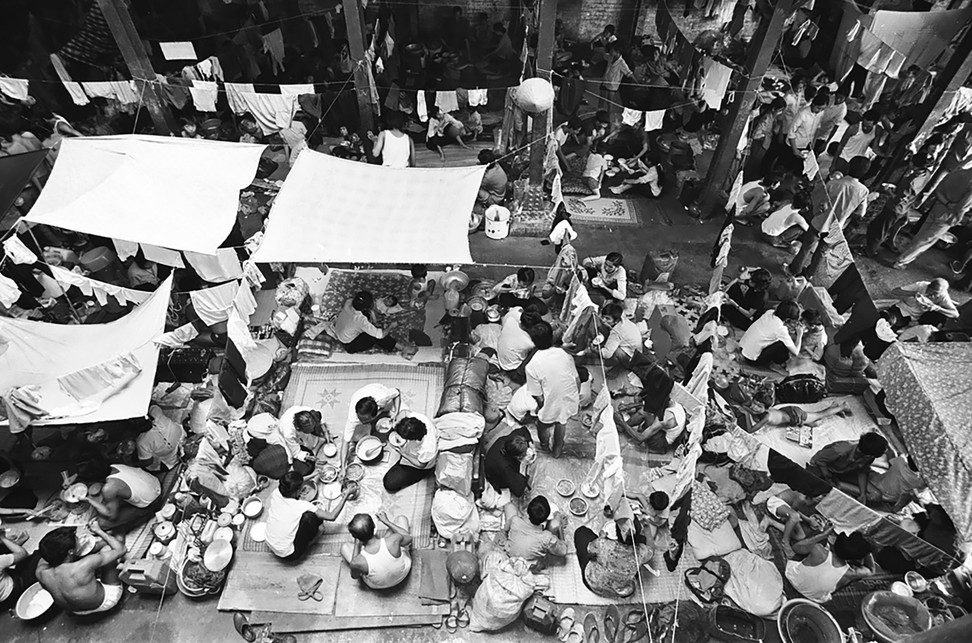
Giving shelter: Hong Kong photo exhibition sheds light on rich history of refugees in the city
‘Under Our Shelter’ aims to tell the untold story of Hong Kong’s displaced people through photographs that span several decades
Imagine having to leave your home, all your belongings, eventually your beloved ones – aware that you would not be able to return to your country for years or ever again.

The exhibition, “Under Our Shelter”, organised by the charity Christian Action, aims to raise awareness about the long history of refugees in the city.
We want to educate people here, showing that the refugee issue is not a new issue in Hong Kong
“We want to educate people here, showing that the refugee issue is not a new issue in Hong Kong,” said Jonnet Bernal, manager of Christian Action Centre for Refugees. “It’s not that the community here doesn’t care, but they lack awareness and we thought that an exhibition would be a powerful tool.”
A group of volunteers delved into Christian Action’s archive – an organisation that has worked with refugees since the 1950s – to select the photos.
Swiss photographer Bruno Geissler, who lived in Hong Kong in the early 1960s contributed images of mainland Chinese refugees.
On World Refugee Day, Hong Kong asylum seekers talk about how hiking has helped them regain their confidence and improve their health
The exhibition also includes the work of Hong Kong-based photographer Alexander Treves and an East African journalist – himself a refugee – who documented the current plight of asylum seekers in Hong Kong.

Asylum seekers – regardless of how long it takes for their applications to be processed – are not allowed to work in the city. They rely on charity and social welfare stipends, which include HK$1,500 (US$190) a month for housing, about HK$300 for utilities, HK$1,200 in supermarket coupons for food, and a few hundred dollars for transport.

As of September, there were 7,244 people waiting to have their protection claims reviewed by the Hong Kong government, which usually takes several years. Most were from India, Pakistan, Bangladesh, Indonesia and Vietnam.
In recent years, pro-Beijing lawmakers pointed the finger what they called “fake” asylum seekers, saying they caused an economic burden and led to an increase of crime in the city – although statistics do not back such claims.
How a tiny minority of asylum seekers in Hong Kong are giving South Asians a bad name
Experts and advocates have condemned that sort of language and rhetoric.

The city’s acceptance rate of asylum seekers stands at just about 0.6 per cent. But they would then be referred to the UN for resettlement in a third country, as Hong Kong did not sign up to the 1951 UN Refugee Convention and does not provide long term protection to refugees. Those whose asylum applications are rejected have the right to appeal, and if that fails too, they are sent back to their countries of origin.
The exhibition “Under Our Shelter”, which opened officially on Thursday evening, runs until Sunday at Loft 22 in Central. Then, it will move to the Life Centre at St Andrew’s Church in Tsim Sha Tsui from October 23 to 28.

